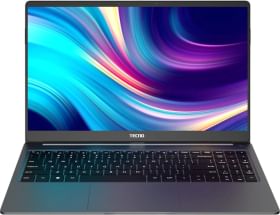JEDEC has announced its new UFS 3.0 storage standard which promises a theoretical 2X increase in speed and use of lower boot power (2.5V).
Slow and inefficient storage solutions can be performance bottlenecks, more so in the long run. While Smartphone application processors have improved a lot over the years, most low-end phones still stick to eMMC storage. Thankfully, quite a few premium phones use faster UFS storage and with the arrival of UFS 3.0, upcoming flagships (in 2019, perhaps) will get a significant performance boost. Apart from smartphones, the UFS 3.0 will see application in VR headsets, media players, automotive and more.
Also Read: Qualcomm Snapdragon 636 With Kyro Cores Announced
UFS 3.0 vs UFS 2.0 storage: Features compared
Unlike eMMC storage, UFS memory has a full duplex architecture that allows for simultaneous read and writes. One UFS 3.0 Channel can now carry up to 11.6 Gbps, which is twice as compared to UFS 2.0. Since there are two channels, a theoretical maximum of 23.2 Gbps can be achieved. However, the practical expectation is around 15 Gbps. Apart from more speed, communication with memory will be more reliable with the use of added QoS (Quality of Service) feature.

UFS 3.0 storage will support 2.5V operation voltage and will be compatible with newer 3D NAND and other new high-density storage.
UFS 3.0 also adds support for extended temperature range (-40°C to 105°C) to simplify use in automotive applications.
Another important UFS 3.0 feature is support for multiple RPMBs (replay protected memory block) with multiple RPMB keys. RPMBs are used securely storing critical data like user billing information.
Will we see UFS 3.0 storage phones in 2018?
Most probably, the current line of smartphone chipsets from Qualcomm, Huawei, and Samsung don’t integrate UFS 3.0 controllers. So, it’s not very likely that we will see UFS 3.0 storage in phones this year, At least not on the Android side of the table. In all likelihood, you will have to wait another year to benefit from these performance gains.































